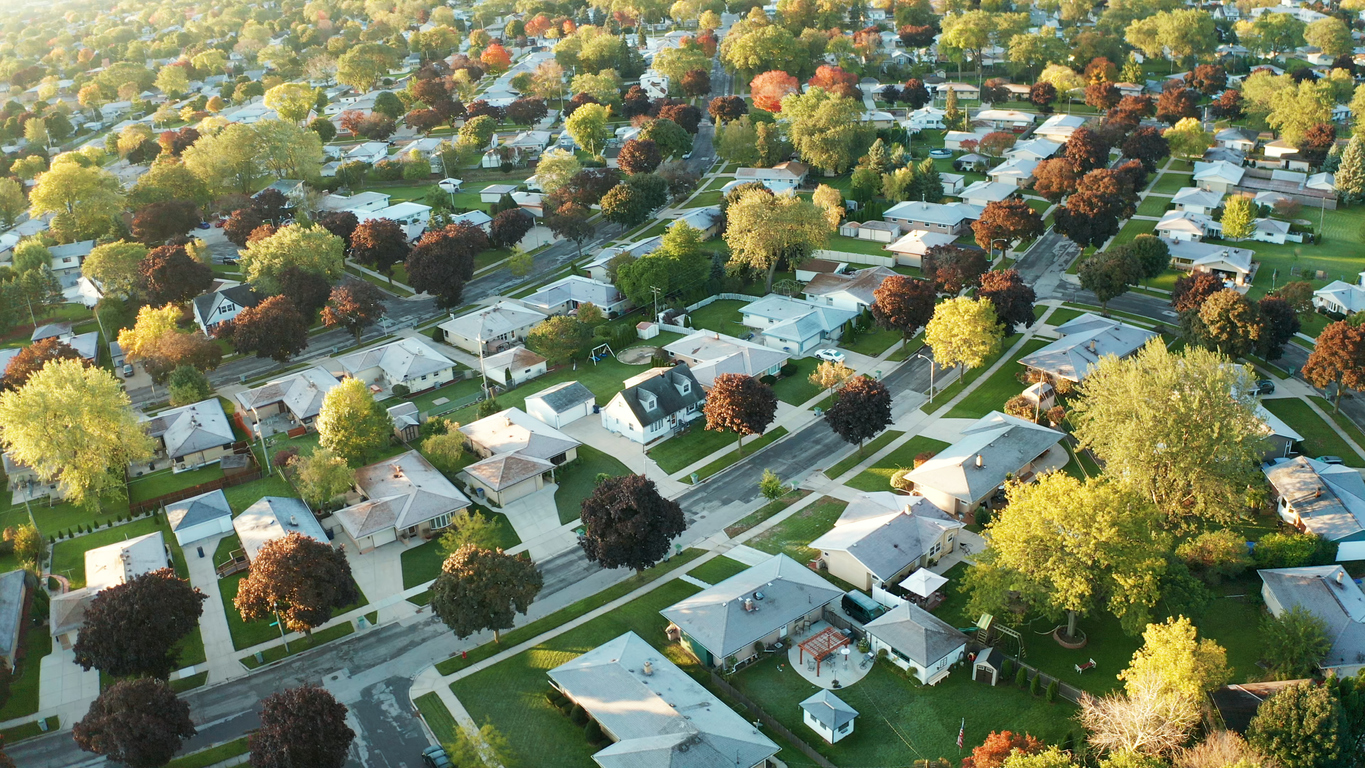Higher borrowing rates and high housing prices are causing many buyers to give up. This is good news for owners of single-family rental properties.
Prospective home buyers are confronted with affordability issues that are likely to worsen before they improve. Existing-home sale prices hit a new high of $407,600 in May, while sales fell for the fourth month in a row. According to the Mortgage Bankers Association, mortgage rates have nearly doubled since January, contributing to a $513 monthly increase in the median mortgage payment for new loans.
With this trend expected to continue—the Federal Reserve has indicated that it will continue to raise short-term interest rates to combat inflation—single-family landlords say they are well-positioned as more would-be home buyers are forced to rent.
Rents for single-family homes increased 14 percent year over year in April, marking the 13th consecutive month of record growth, according to housing data provider CoreLogic.
“The higher the rates go, the better it is for this business,” said Bruce McNeilage, CEO of Kinloch Partners, at an industry conference last month.
According to CoreLogic, a lack of available existing homes was also a factor contributing to rent increases. Analysts predict that as interest rates rise and more home buyers are hesitant to pay up, home builders will reduce the number of homes they build.
According to the Commerce Department, housing starts, a measure of home construction in the United States, fell 14.4 percent in May compared to April. Meanwhile, the National Association of Home Builders reported that home-builder confidence in the United States fell for the sixth consecutive month in June to its lowest level in two years.
In comparison, 74 percent of single-family landlords polled by John Burns Real Estate Consulting LLC in May said they expected strong or very strong leasing activity to continue over the next two quarters. That response was down from a high of 91 percent in 2021, but it was still higher than before the pandemic.
Invitation Homes Inc., one of the largest rental homeowners by number of homes owned, announced earlier this month that its rental rates have increased at a faster rate than last year through the first five months of 2022. According to the company, its homes are 98 percent occupied, and resident turnover is at an all-time low.
“Demand today is increasing,” said David Singelyn, CEO of publicly traded American Homes 4 Rent, at an industry conference in May.
Smaller operators, such as Mr. McNeilage, claim to be having similar success. “Because of supply and demand, we are raising rent by about 15%,” he explained, “which is lower than our peers in many areas.”
However, it is not all good news for these companies, and some challenges lie ahead. Shares of the three publicly traded rental-house landlords—Invitation Homes, American Homes 4 Rent, and Tricon Residential—have each fallen by more than 17% year to date, in line with the overall stock market decline. According to some analysts, investors may be conflating the fate of single-family rental companies with the slowing for-sale housing market.
The current rate of rent growth, according to most analysts, is also unsustainable. According to a new Moody’s Analytics report, renters’ finances are being stretched to their breaking point in more cities. According to Moody’s, the percentage of U.S. metropolitan areas where the typical earner would have to spend more than 30 percent of their income on apartment rent has increased from 8 percent to 23 percent since late 2019.
If rents are raised too far, people may choose to double up in apartments and houses, resulting in higher vacancy rates and potentially lower rent growth, according to John Pawlowski, an analyst at real-estate analytics firm Green Street. Others point out that if the economy enters a slump, rents will likely suffer as well.
But that hasn’t happened yet. Demand for the extra space afforded by single-family homes is being driven by trends such as remote work. “Home values could very well fall, but I don’t see rents falling by much,” Mr. Pawlowski said.














